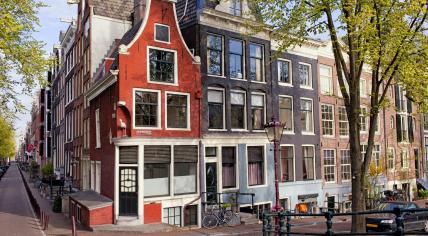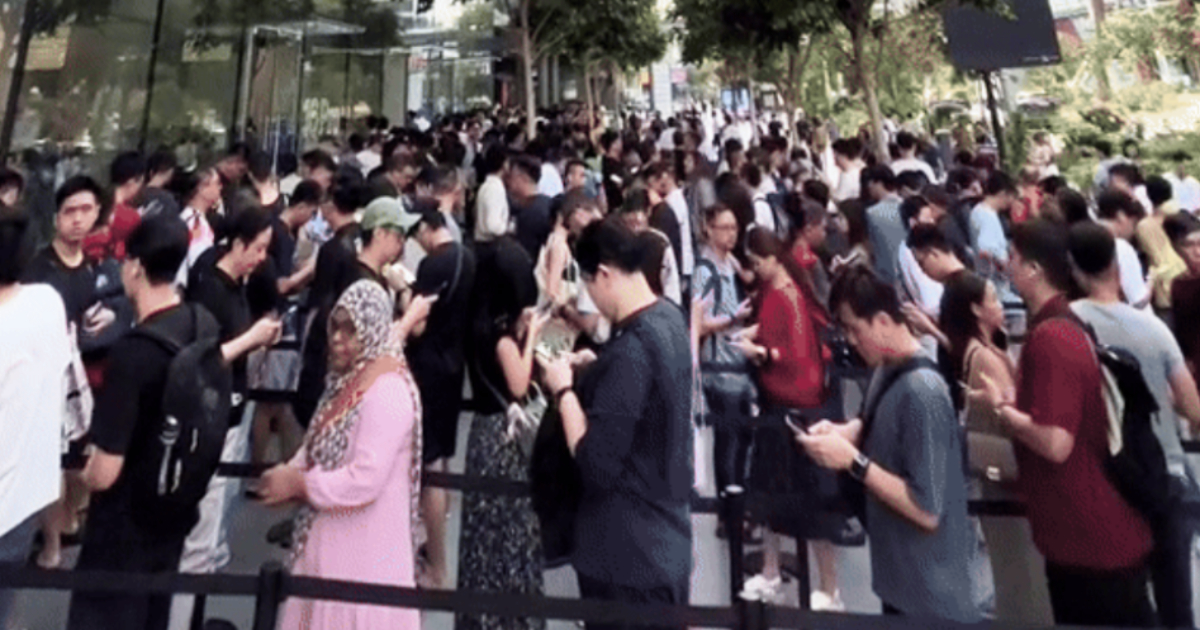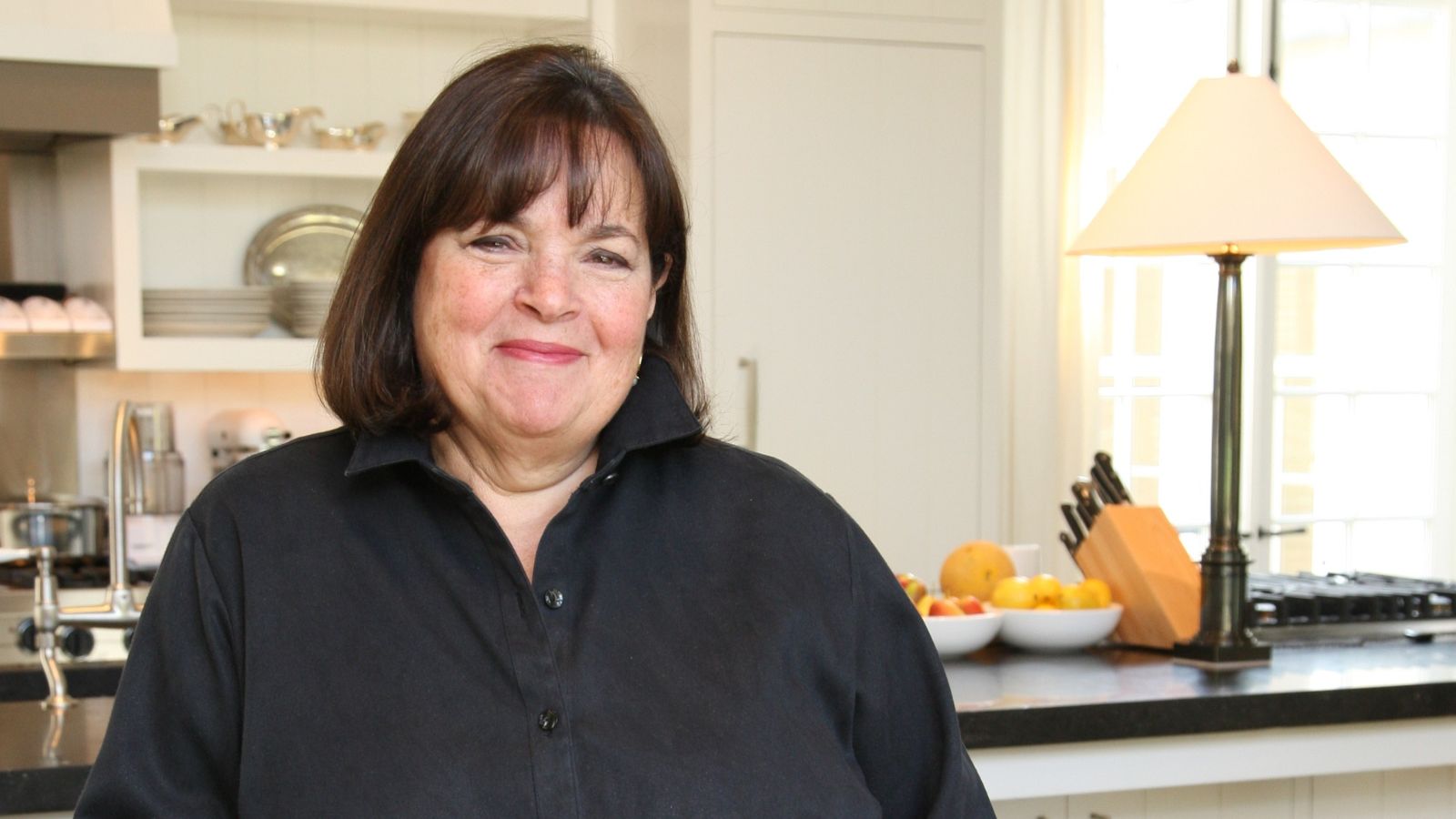
This is not a paywall You can keep reading for free! At Hyperallergic , we strive to make art more inclusive, so you’ll never hit a paywall when reading our articles. But, as an independent publication, we rely on readers like you to keep our high-quality coverage free and accessible. Please consider joining us as a member to support independent journalism.
Already a member? Sign in here. Hyperallergic is turning 15! ..

. and we’re throwing a party in New York City that you won’t want to miss! Priority tickets are now available for members. Get the details.
We rely on readers like you to fund our journalism. If you value our coverage and want to support more of it, consider supporting us as a member. Join Us Opening this Saturday, September 21, the third iteration of the Toronto Biennial of Art (TBA) aims to acknowledge multiple truths at once.
Fittingly titled Precarious Joys , this year’s edition will address the political, environmental, and economic instability of our world, highlighting the grief of living in such a vulnerable time and affirming the need for artistic spaces that will be the cradle for radical social change. The biennial will run through December 1 and feature 37 local and international artists with performances, workshops, and events spread across eleven venues , including two main hubs at 32 Lisgar Street and the ninth floor of the historic Auto BLDG at 158 Sterling Avenue. Visitors can attend any of the programming events, from exhibitions to roundtables, entirely free of charge.
The forthcoming edition’s title is derived from six central concepts termed “ key directives ,” which co-curators Dominique Fontaine and Miguel A. López established through conversations with contributing artists: “joy,” “precarious,” “home,” “polyphony,” “solace,” and “coded.” “The key directives naturally lent themselves to the title,” Fontaine said in an interview with Hyperallergic , “and they speak to forms of solidarity between all forms of precarious life, both humans and nonhumans.
” Rather than responding to a single theme for the biennial, the artists and curators were guided by these six prompts to produce and select work. Both Fontaine and López — who is based in Lima, Peru, and the biennial’s first international curator — stressed that collaboration was central to their approach, seeing their role as that of dialogue facilitation rather than curation per se. Subscribe to our newsletter Get the latest art news, reviews and opinions from Hyperallergic.
Daily The latest stories every weekday morning Weekly Editors' picks of the best stories each week Opportunities Monthly list of opportunities for artists, and art workers View our full list of free newsletters . “Dominique and I decided to do joint curatorial research,” López told Hyperallergic . “When people ask me, ‘What is the section you curated?’ I can’t give them an answer, because we were overseeing the whole process together.
” The curators also made a conscious choice not to include academic essays in the catalog, conceiving it instead through conversations with artists and scholars. This decision, along with the vast spread of venues, was part of a concerted effort to make the biennial more accessible to Toronto’s diverse population. To that end, the public programming slated to accompany Preacarious Joys is focused on movement and dance both as archives and as tools to map trauma, resilience, and delight.
The biennial will also host multilingual events, including a Cantonese opera and workshop with the Starlight Chinese Opera Performing Arts Centre on October 26. Each venue in the biennial will also offer recurring Storytelling Sessions, during which contributing artists can connect with visitors directly and provide a deeper explanation of their practices. The term “precarious” came from conversations with Chilean-born, New York-based artist Cecilia Vicuña , who began to create small temporary installations from trash and debris in 1966 that she called precarios , a pluralized form of “precarious” in Spanish.
The artworks are ephemeral by design, always at risk of being destroyed by weather or washed away by the tide. As part of the biennial, Collision Gallery will present Vicuña’s installation Futur.O [Futur.
E] , which pays tribute to a Canadian victim of Project MKUltra named Gail Kastner who underwent severe electroshock therapy at the hands of a CIA-recruited doctor in an attempt to develop mind-control techniques. One of the new works is “Change of Consciousness,” a single-page artist book made out of a cigarette box –– a nod to the fact that the 18-year-old Kastner wrote on cigarette boxes to keep records after electroshock damaged her memory. Vicuña’s work also looks back to ancestral crafts like the quipu (“knot” in Quechua), which was referenced in the first precario she made.
Quipus were used as recording devices by Indigenous communities of the Andes region and served as a physical lingua franca until Spanish colonial forces destroyed the vast majority of them. Vicuña will present an installation entitled “Quipu Girok (“Knot Record”)” (2021) at the biennial’s 32 Lisgar Street hub. Self-taught Balinese artist Citra Sasmita similarly looks to ancestral storytelling in her practice, and will present three new artworks during the biennial drawing on her interest in the Kamasan painting style.
The tradition was historically an exclusively male art form , but as a feminist artist, Sasmita adapts the style to reimagine Balinese myths and epics to center women and call for their liberation. The second titular principle, “Joy” was proposed by Toronto-based artist, activist, and educator Pamila Matharu . “I came to think through a visual representation of joy because I was feeling a bit overrun by the idea of sharing a trauma narrative,” the artist said in an interview with Hyperallergic.
They will present a new multimedia installation titled tere naal _ with you reflecting on the teachings of their mentor, fellow exhibiting artist Winsom Winsom . Matharu, a mentee of the Fresh Arts movement of the 1990s, often honors the artists who shaped their practice, much of which relies on the “ embodied archives ” of Black radical artists. On September 21, they will appear on a panel with Winsom and artist-activist d’bi.
young anitafrika . Matharu explained that they seized the opportunity to participate in an event with Winsom. “A shradhanjali (tribute) to your guru (teacher) is a very normal act of love [in South Asian culture],” they said, “and I’m very tired of Western hegemony.
” We hope you enjoyed this article! Before you keep reading, we wanted to ask if you would consider supporting Hyperallergic ’s journalism during a time when independent, critical reporting is increasingly scarce. Unlike many in the art world, we are not beholden to large corporations or billionaire board members. Our journalism is funded by readers like you, ensuring integrity and independence in our coverage.
We strive to offer trustworthy perspectives on everything from art history to contemporary art, spotlight artist-led social movements, uncover overlooked stories, and challenge established norms to make art more inclusive and accessible. With your support, we can continue to provide global coverage without the elitism often found in art journalism. If you can, please consider joining our paid membership program .
Millions rely on Hyperallergic for free, reliable information. By becoming a member, you help keep our journalism independent and accessible to all. Thank you for reading.
Share Copied to clipboard Mail Bluesky Threads LinkedIn Facebook.














